Gyroid structures are transforming 3D printed aquarium designs due to their unique geometry and functional advantages. Their intricate patterns optimize water flow, enhance biological filtration and provide a modern aesthetic. Whether you’re an aquarium hobbyist or a professional in custom 3D printable designs, understanding how gyroid structures work can help you create efficient and visually striking aquatic and terrestrial environments.
What is a Gyroid Structure?
Gyroid structures are mathematically defined surfaces, first discovered by Alan Schoen in 1970. They belong to a class of triply periodic minimal surfaces (TPMS), meaning they repeat infinitely in three dimensions without self-intersecting. Unlike conventional designs, gyroids feature continuous, interwoven channels instead of straight lines, optimizing fluid movement and maximizing surface area. These properties make them ideal for use in aquarium decorations and terrarium structures.
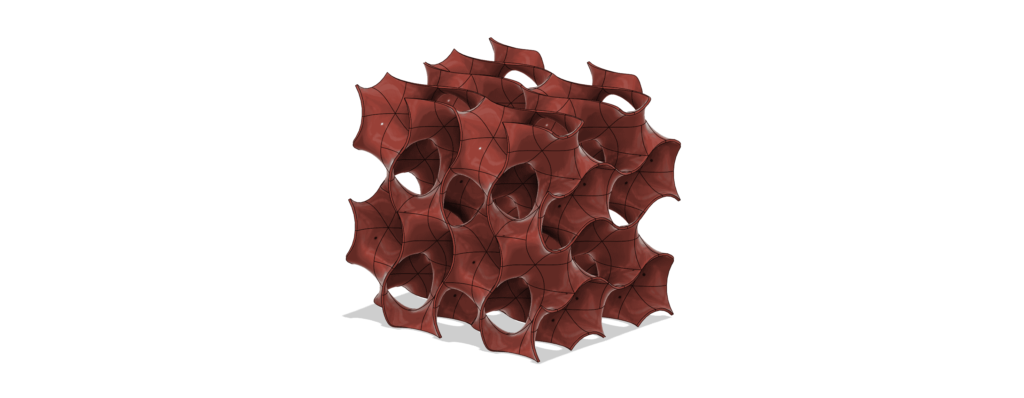
Why Gyroid Structures Work for Aquariums & Terrariums?
1. Improved Water Circulation
If not designed thoughtfully, some types of aquarium decorations can create dead zones where water stagnates, leading to debris buildup. The gyroid structure design allows water to flow seamlessly through its interconnected pathways, reducing stagnation and maintaining a healthier tank environment.
2. Enhanced Biological Filtration
Gyroid structures offer an extensive high-surface-area environment for beneficial bacteria. These bacteria support the nitrogen cycle by breaking down ammonia and nitrites, promoting stable water conditions for fish, shrimp, and other aquatic life.
3. Aesthetic & Functional Appeal
Beyond functionality, gyroid structures enhance the visual appeal of 3D printed aquarium designs and 3D printed terrarium designs. Their natural, organic look complements various tank styles, from minimalist hardscapes to heavily planted setups.

How to Design Gyroid Models for 3D Printing
1. Choosing the Right Software
Creating gyroid structure designs manually can be complex, but several software tools simplify the process:
- Fusion 360 – Advanced modeling and parametric design.
- Blender – Ideal for creating organic and artistic gyroid patterns. Can generate gyroid patterns automatically.
- Rhino Grasshopper – can generate gyroid patterns automatically.
- OpenSCAD – Best for script-based, algorithmic modelling.
These tools allow users to generate precise gyroid models optimized for printability and functionality.
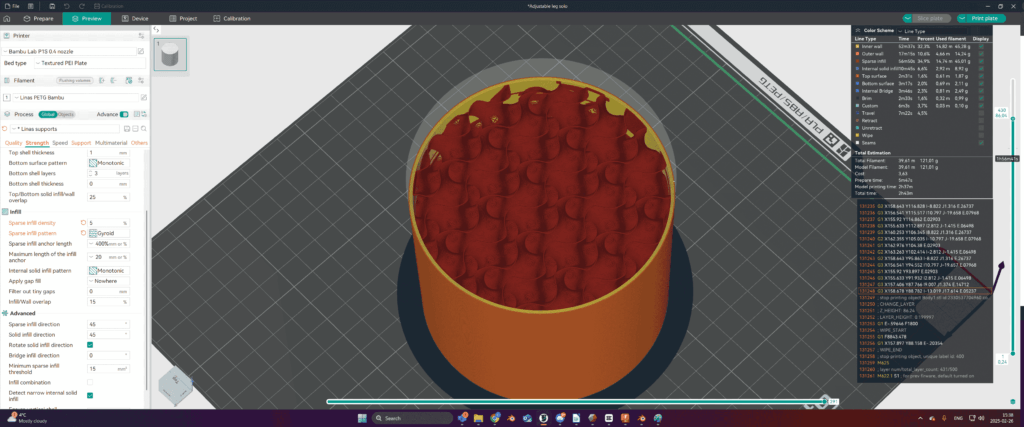
2. Optimizing the Mesh for Functionality
Once a gyroid structure is generated, adjustments may be required for practical use in aquarium decorations or terrariums. Consider:
- Wall Thickness – Ensuring durability by setting a minimum thickness of 2-3mm.
- Attachment Points – Adding anchor features for stability in aquarium and terrarium setups.
- Scaling Adjustments – Modifying dimensions based on specific habitat requirements.
3D Printing Considerations for Gyroid Structures
1. Ideal Print Settings
- Wall Thickness & Infill – A minimum of 2-3mm wall thickness ensures durability.
- Support Settings – Some complex gyroid designs require supports to prevent sagging. Consider using tree supports or soluble supports for better print results.
- Layer Height – A setting of 0.12-0.16mm balances detail and print speed.
- Walls & Top/Bottom Layers – At least four walls and four top/bottom layers for longevity.
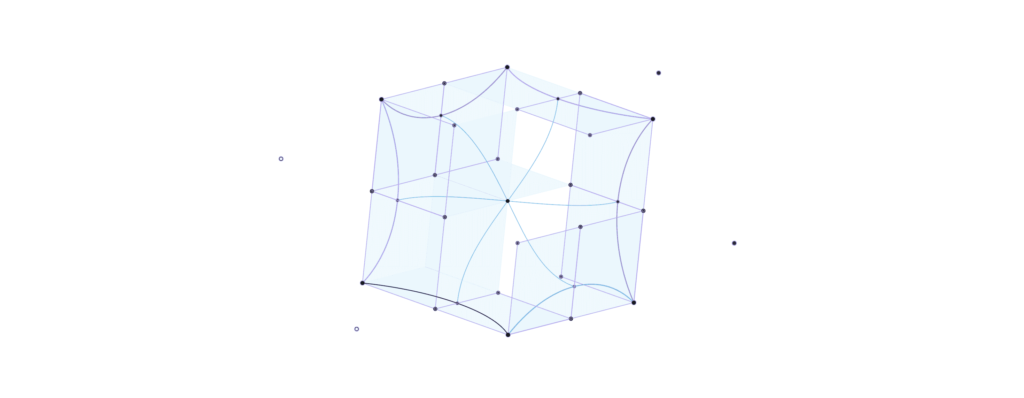
2. Best Materials for 3D Printed Gyroid Structures
| Material | Suitability | Pros | Cons |
| PLA+ | Terrariums | Easy to print, Eco-friendly | Absorbs water over time, not ideal for aquariums |
| PETG | Aquariums & Terrariums | Water-resistant, durable | Slightly harder to print than PLA |
| ABS/ASA | Advanced Uses | Strong, heat-resistant | Prone to warping, requires enclosed printer |
Want to dive deeper into printing filaments and know their differences more detailed? Check out my post on 3D Printing Materials.
3. Choosing the Right Printing Technology
- FDM Printing – The most accessible option, suitable for large gyroid aquarium decorations and terrarium structures.
- SLA Printing – Produces high-detail, smooth surfaces but requires careful curing to ensure aquarium safety (to prevent chemical leaching).
Real-Life Applications of 3D Printed Gyroid Structures
1. Aquarium Decorations
- Shrimp caves and fish shelters enhance tank aesthetics while improving water circulation.
- Bio-media blocks provide superior biological filtration.
2. Terrarium Enhancements
- Reptile climbing structures mimic natural rock formations, making enclosures more engaging.
3. Advanced Filtration Media
- Gyroid-based biological filter media maximize bacteria colonization, improving overall water quality.
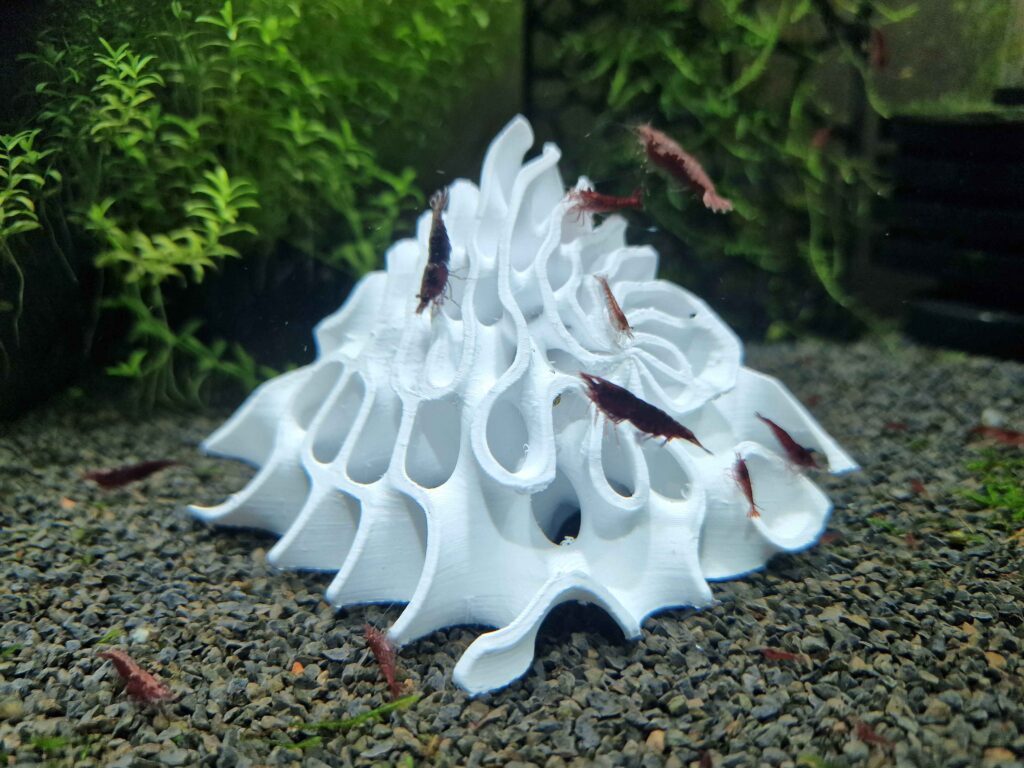
Conclusion
Gyroid structures are a game-changer in 3D printed aquarium and terrarium designs. Their ability to enhance water flow, biological filtration and aesthetic appeal makes them a top choice for both hobbyists and professionals. By integrating gyroid structure design into their custom 3D printable designs, enthusiasts can create unique, functional and efficient aquarium decorations and terrarium elements.
Like my Gyroid STL Models? Skip the difficult design part and start printing TODAY!

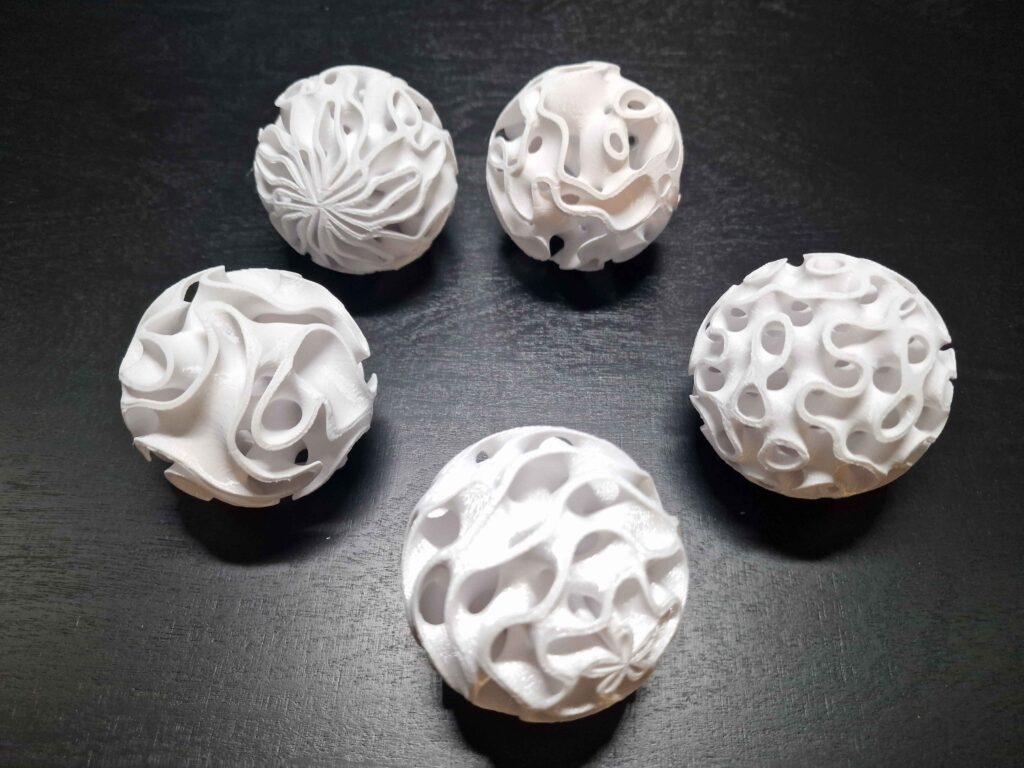
✨ Found this article interesting? Check out my other posts for more inspiration and 3D Printing practical Tips!
- Is 3D Printing Food Safe? Here’s the Real Truth
- 3D Printed Reptile Hides Exposed: Crucial for Welfare or Just Terrarium Decor Hype?
- 3D Print Bed Adhesion — What Works Best To Avoid Failed 3D Print?
- Are Aquarium Caves Really Critical for Fish and Shrimp Health? Does 3D Print Decor make a Difference for your Aquatic Pets?
- Why Aquarium Plant Holders Are Changing the Game for Tree Lovers
💬 Have you used a Gyroid Structures in your aquarium or terrarium?
I’d love to hear about it! What was the experience? Share your observations in the comments below! ⬇️
